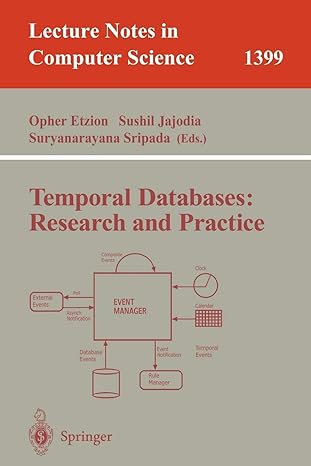Answered step by step
Verified Expert Solution
Question
1 Approved Answer
import java.util. * ; public class Test { public static void main ( String [ ] args ) { Set set = new HashSet (
import java.util.; public class Test
public static void mainString args Set set new HashSet; set.addnew A;
set.addnew A;
set.addnew A; set.addnew A; System.out.printlnset;
class A int r ;
public String toString return r ;
public boolean equalsObject o return this.r Aor;
public int hashCode return r;
a
b
c
d
Step by Step Solution
There are 3 Steps involved in it
Step: 1

Get Instant Access to Expert-Tailored Solutions
See step-by-step solutions with expert insights and AI powered tools for academic success
Step: 2

Step: 3

Ace Your Homework with AI
Get the answers you need in no time with our AI-driven, step-by-step assistance
Get Started


